Egypt’s ancient wonders extend far beyond the iconic pyramids that dominate most travel itineraries. While Giza certainly deserves its reputation, the country offers countless archaeological treasures, natural phenomena, and cultural experiences that reveal different aspects of this civilization that has captivated humanity for millennia.
From underwater cities in the Mediterranean to desert oases that have sustained life for thousands of years, Egypt’s diverse landscapes tell stories that complement and often surpass the famous monuments near Cairo. Here’s a list of 15 experiences that showcase Egypt’s incredible depth beyond its most photographed attractions.
Dive the Red Sea Coral Reefs

The underwater world off Egypt’s Red Sea coast rivals any diving destination on earth, with coral formations that support marine life found nowhere else in the surrounding tropical waters. Elphinstone Reef extends like an underwater mountain into deep blue water, where encounters with hammerhead sharks and manta rays happen regularly during the right seasons.
Local dive operators from Marsa Alam and Hurghada access sites that marine biologists consider among the most biodiverse reef systems remaining in the world.
Explore Abu Simbel’s Acoustic Phenomenon

Beyond their massive scale, these rock-cut temples demonstrate ancient Egyptian engineering that modern science still struggles to explain fully. The inner sanctum aligns precisely so that twice yearly, sunlight penetrates over 200 feet into the mountain to illuminate specific statues while leaving others in shadow.
UNESCO’s relocation of the entire complex in the 1960s somehow preserved this astronomical alignment, creating a monument to both ancient and modern engineering achievement.
Like Travel Pug’s content? Follow us on MSN.
Navigate the Siwa Oasis

This remote depression near the Libyan border maintains Berber culture that predates Arab influence in Egypt, with its language and traditions that survive nowhere else. Natural springs create swimming holes surrounded by date palms and olive groves, while ancient ruins like the Oracle Temple of Amun reveal why Alexander the Great made the dangerous journey here to consult the gods.
The oasis produces some of Egypt’s finest dates and olives using irrigation methods that have been unchanged for centuries.
Sail Traditional Feluccas on the Nile
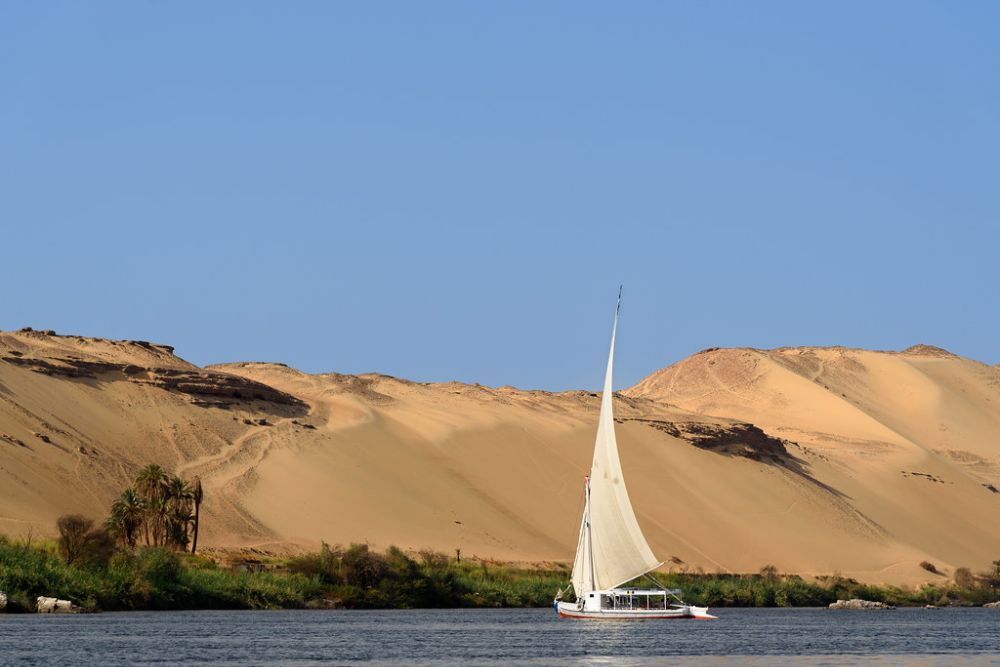
These graceful wooden boats navigate Egypt’s lifeblood river using the same lateen rigging that has powered Nile commerce for over 2,000 years. Multi-day felucca journeys between Aswan and Luxor follow currents and wind patterns that connect modern travelers with ancient trade routes while camping on riverside islands provides perspectives on rural Egyptian life rarely seen by conventional tourists.
Local captains share navigation knowledge passed down through generations of Nile pilots.
Discover the Valley of the Kings
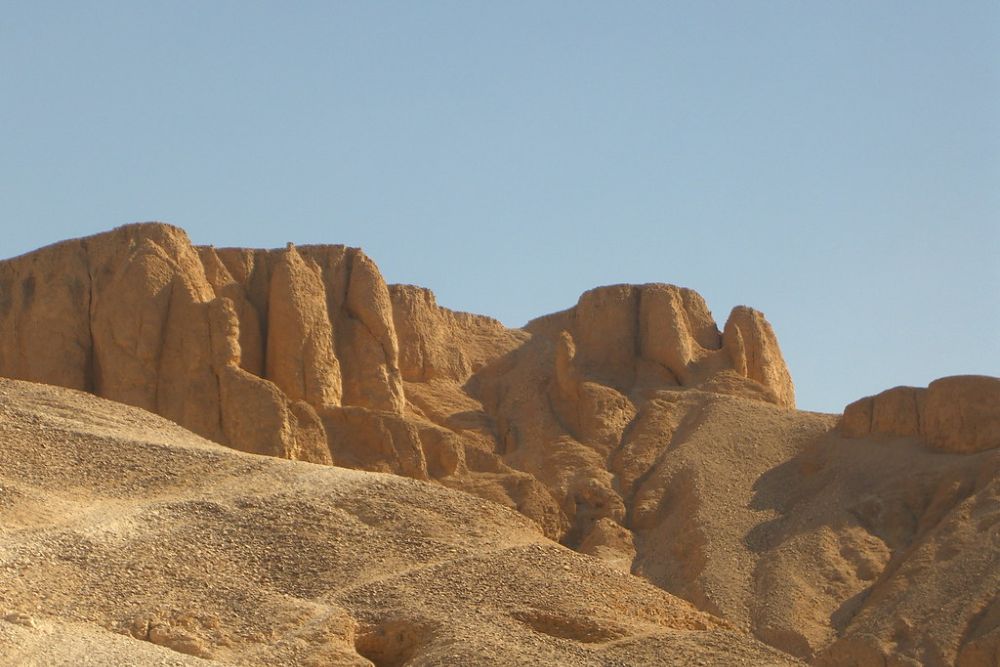
While Tutankhamun’s tomb draws the most attention, this royal necropolis contains over 60 burial chambers that showcase 500 years of ancient Egyptian funerary art evolution. The tomb of Seti I extends over 400 feet into the limestone cliffs with wall paintings that maintain their original colors despite 3,000 years of burial.
Recent discoveries continue revealing new chambers, making each visit potentially different from previous expeditions into this underground royal city.
Like Travel Pug’s content? Follow us on MSN.
Experience the White Desert’s Surreal Landscape
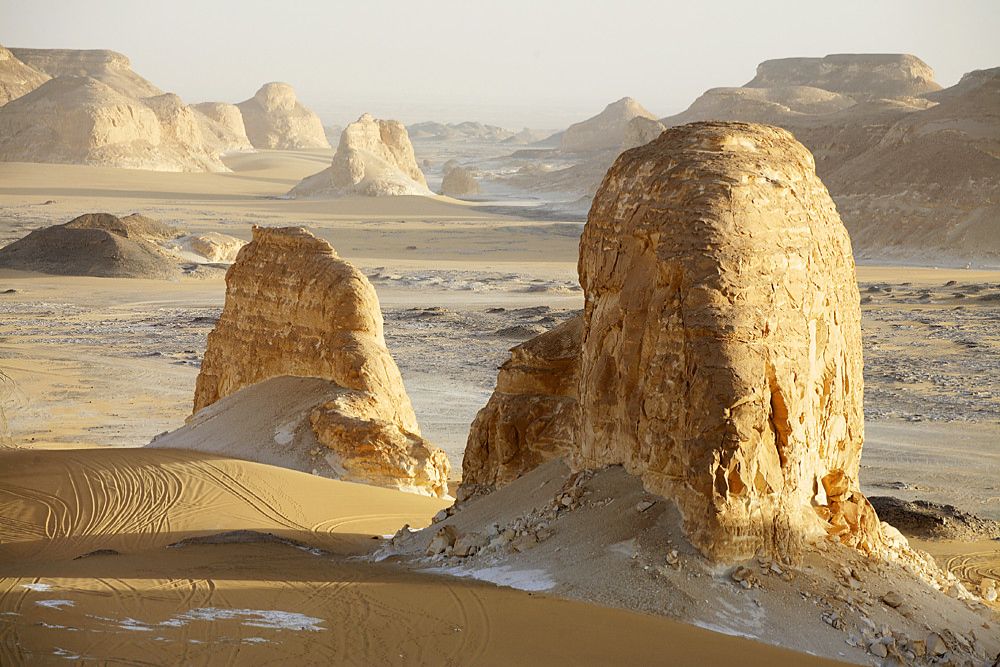
Wind erosion has carved chalk formations into shapes that resemble giant mushrooms, animals, and abstract sculptures across this protected area near Farafra Oasis. Camping under the stars in this white landscape creates an otherworldly experience where silence becomes almost tangible, and the Milky Way appears with a clarity impossible in populated areas.
The contrast between white rock formations and deep blue night skies creates natural photography opportunities that seem more an alien planet than an earthly desert.
Visit Alexandria’s Underwater Museums

Ancient Alexandria’s royal quarters now lie beneath Mediterranean waters, creating diving sites where columns, statues, and building foundations reveal the lost city that once rivaled Rome in grandeur. Marine archaeologists continue mapping this submerged archaeological site, where divers can swim through palace courtyards that once hosted Cleopatra’s court.
The nearby Bibliotheca Alexandrina serves as a modern tribute to the ancient world’s greatest library, combining cutting-edge architecture with historical reverence.
Trek Mount Sinai for Sunrise
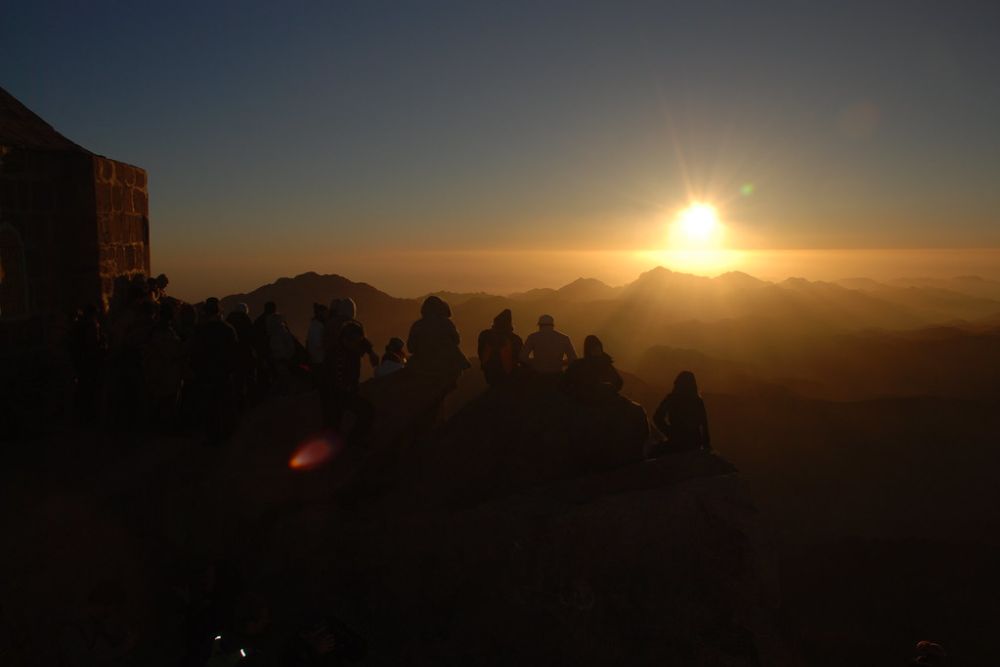
The predawn climb up this biblical mountain leads to sunrise views that have inspired pilgrims for over 1,500 years as the surrounding peaks emerge from darkness in layers of purple, orange, and gold. Saint Catherine’s Monastery at the mountain’s base houses manuscripts and icons that preserve early Christian history, including what scholars believe is the world’s oldest continuously operating library.
The barren landscape amplifies the spiritual pull, offering a profound escape from modern distractions.
Like Travel Pug’s content? Follow us on MSN.
Explore Luxor’s Karnak Temple Complex

This massive religious site represents 2,000 years of continuous construction, creating a stone chronicle of ancient Egyptian architectural evolution that covers over 200 acres. The hypostyle hall contains 134 columns, each large enough to hold 50 people in its capital, while hieroglyphic inscriptions record historical events that complement written records from the Pharaonic period.
Walking through Karnak at different times of day reveals how ancient architects used light and shadow to enhance the spiritual impact of their monumental spaces.
Navigate the Eastern Desert’s Emerald Mines
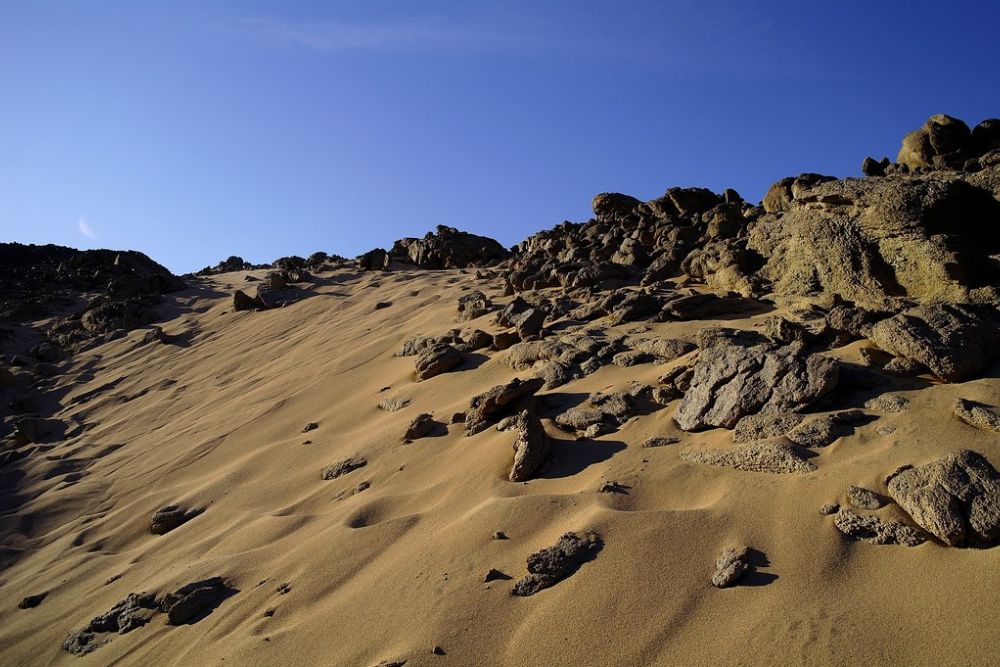
Ancient Egyptian emerald mining sites near the Red Sea mountains preserve work camps, temples, and extraction techniques that supplied gems for pharaonic jewelry and religious objects. Modern visitors can explore these archaeological sites while learning how Egyptians located and extracted precious stones using methods that required intimate knowledge of desert geology.
The surrounding landscape showcases geological processes that created the mineral wealth that helped fund ancient Egypt’s monumental architecture.
Cruise Lake Nasser’s Archaeological Sites
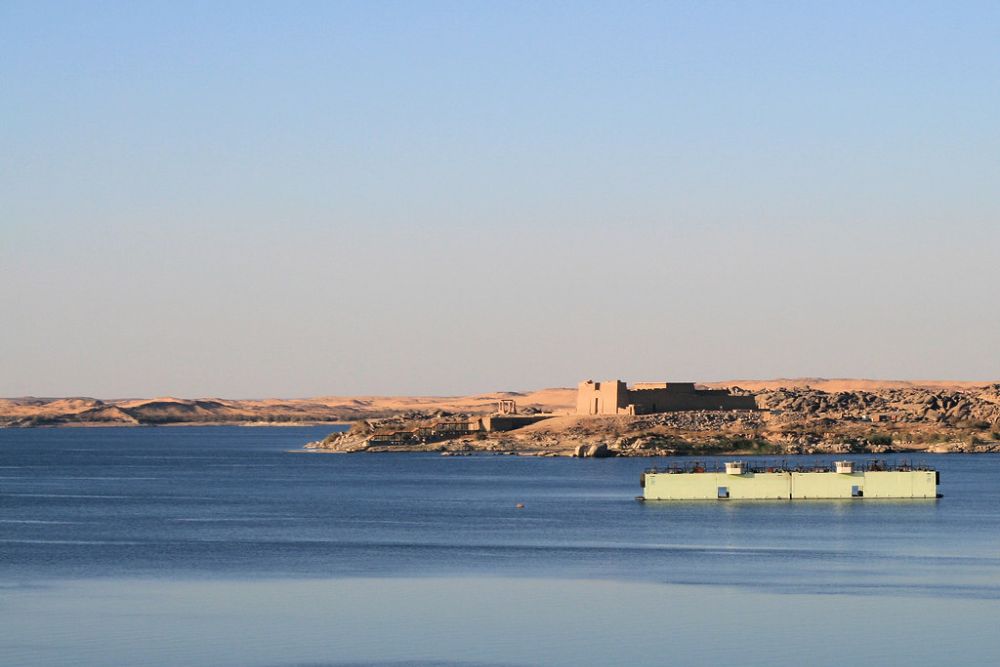
This massive reservoir created by the Aswan High Dam floods landscapes that contain countless archaeological sites, many of which remain accessible only by boat during certain water levels. Temple complexes like Wadi es-Sebua and Amada were relocated from their original positions but maintained their relationship to the Nile while offering insights into a Nubian civilization that flourished south of traditional Egyptian territory.
Fishing for Nile perch in these waters combines recreation with exploration of one of Africa’s largest artificial lakes.
Like Travel Pug’s content? Follow us on MSN.
Visit the Monastery of Saint Paul

Hidden in the Eastern Desert mountains, this functioning monastery maintains traditions established by early Christian hermits who retreated here in the 4th century to escape Roman persecution. Ancient caves and chapels carved into cliff faces preserve frescoes and inscriptions that document the development of monasticism in its original form, while the modern community continues practices largely unchanged for over 1,600 years.
The desert setting emphasizes the dedication required to maintain a spiritual life in one of Earth’s harshest environments.
Experience Aswan’s Nubian Villages
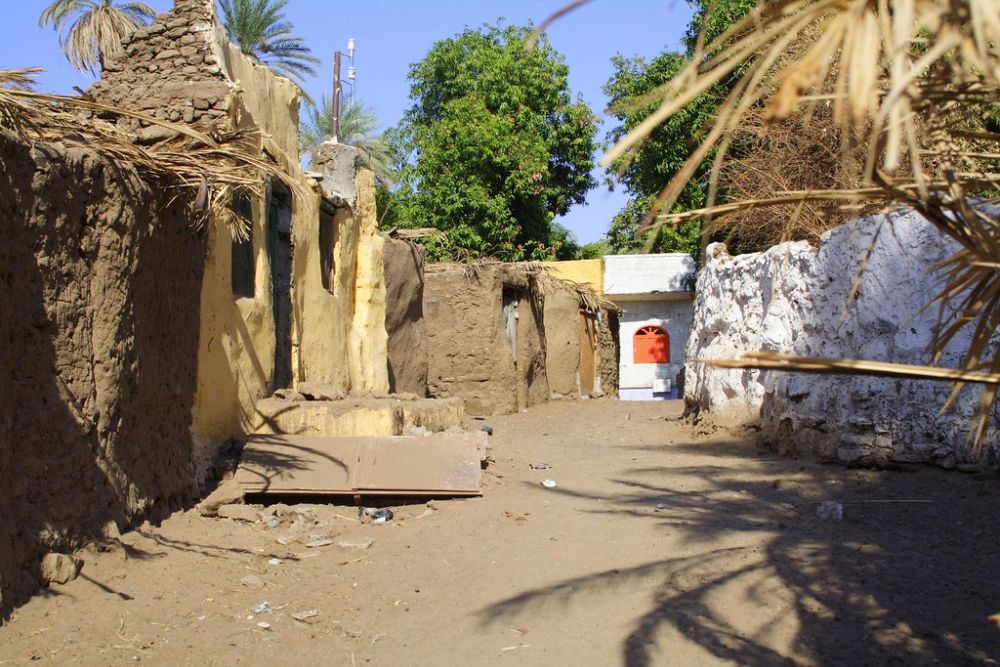
Traditional Nubian architecture and culture survive on Elephantine Island and in villages relocated after the High Dam’s construction, offering insights into civilizations that controlled trade between Egypt and sub-Saharan Africa for millennia. Colorful houses decorated with geometric patterns reflect artistic traditions distinct from mainstream Egyptian culture, while Nubian languages and customs provide connections to African heritage that predates Arab and European influences.
Local families often welcome visitors for traditional meals that showcase Nubian cooking techniques.
Explore the Fayoum Depression

This natural depression southwest of Cairo contains landscapes that range from Lake Qarun’s salt waters to Wadi al-Hitan’s fossilized whale skeletons, demonstrating geological and evolutionary processes spanning millions of years. Ancient Egyptian irrigation systems still channel Nile water into this fertile area that produces some of Egypt’s finest agricultural products, while pottery workshops continue traditions that connect modern artisans with their ancient predecessors.
The region offers Egypt’s most accessible desert experiences while maintaining strong agricultural and cultural traditions.
Like Travel Pug’s content? Follow us on MSN.
Discover Dendera’s Astronomical Ceiling
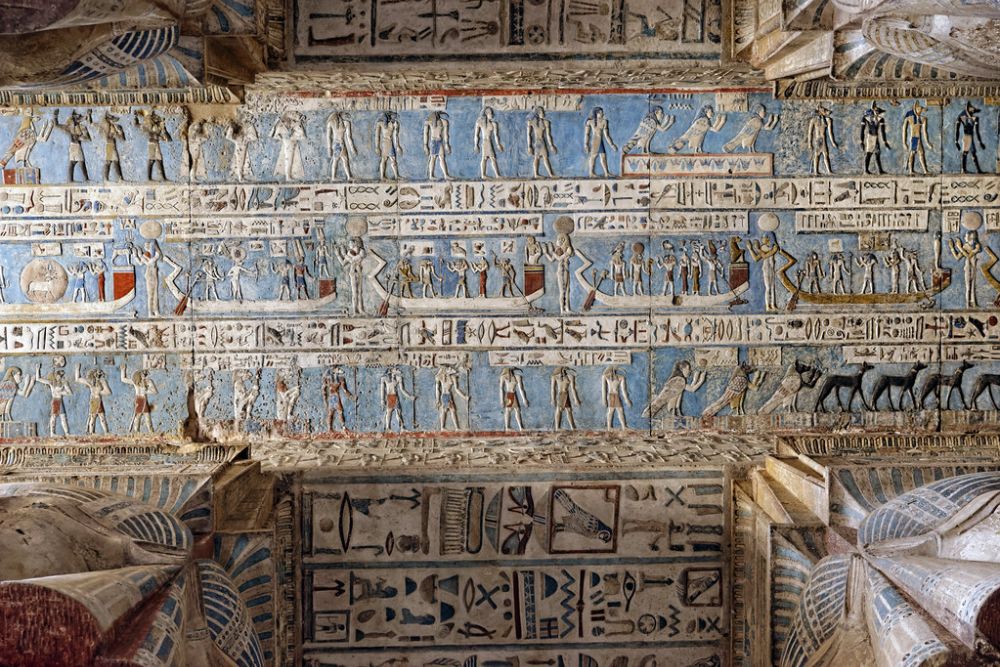
The Temple of Hathor at Dendera preserves one of the ancient world’s most sophisticated astronomical maps, with zodiacal representations and celestial calculations that demonstrate mathematical knowledge rivaling modern understanding. The famous circular zodiac, now housed in the Louvre, was replaced by a replica that maintains the temple’s architectural integrity while showcasing ancient Egyptian astronomical achievements.
Night visits during full moons reveal how ancient architects designed the temple to interact with natural light cycles.
Beyond the Obvious Treasures

Egypt’s archaeological and natural wealth extends across landscapes that encompass Mediterranean coastlines, desert oases, mountain ranges, and river valleys that have sustained civilization for over 5,000 years. Each site offers perspectives on how ancient Egyptians adapted to diverse environments while developing technologies, artistic traditions, and spiritual practices that continue influencing world culture.
The country’s true richness lies not in any single monument but in the accumulated heritage of countless generations who transformed the Nile Valley into humanity’s first great civilization.
More from Travel Pug

- 20 Best Beach Towns in the Carolinas
- 13 Destinations Where Tourists Regularly Regret Their Trip
- 20 Things You Actually Get in First Class
- 20 Small Airports With Aviation Museums
- 20 Places in the U.S. That Are Perfect for a Reset Trip
Like Travel Pug’s content? Follow us on MSN.
